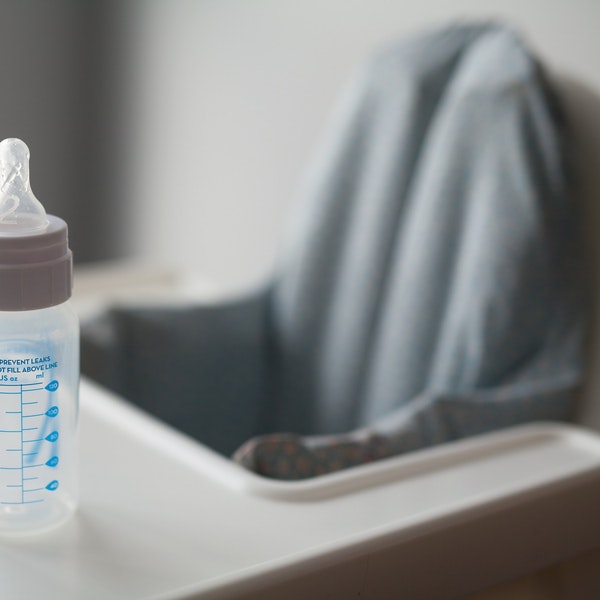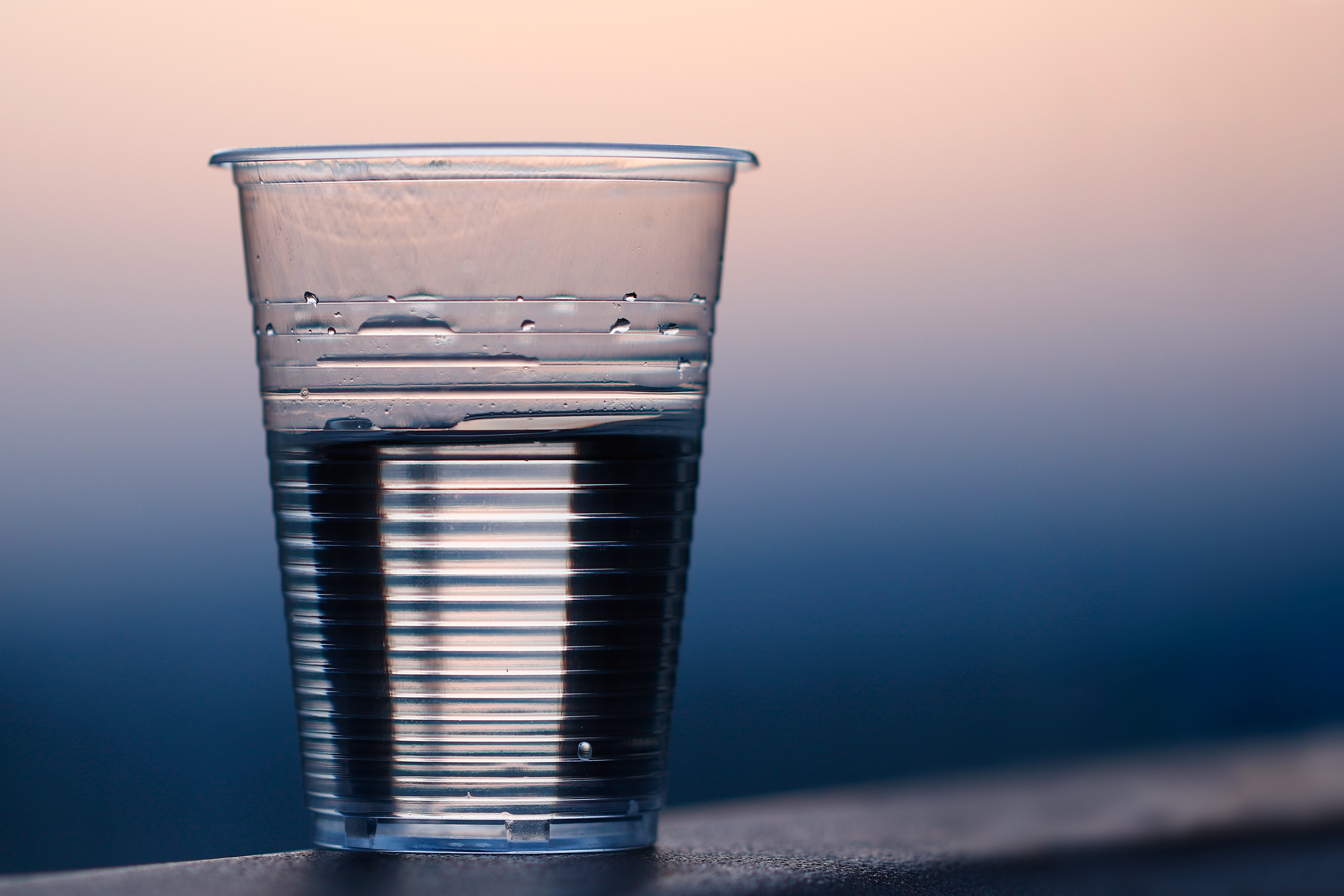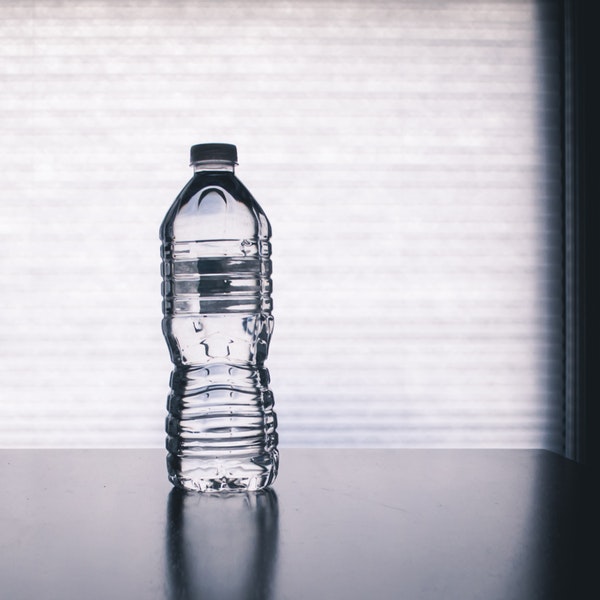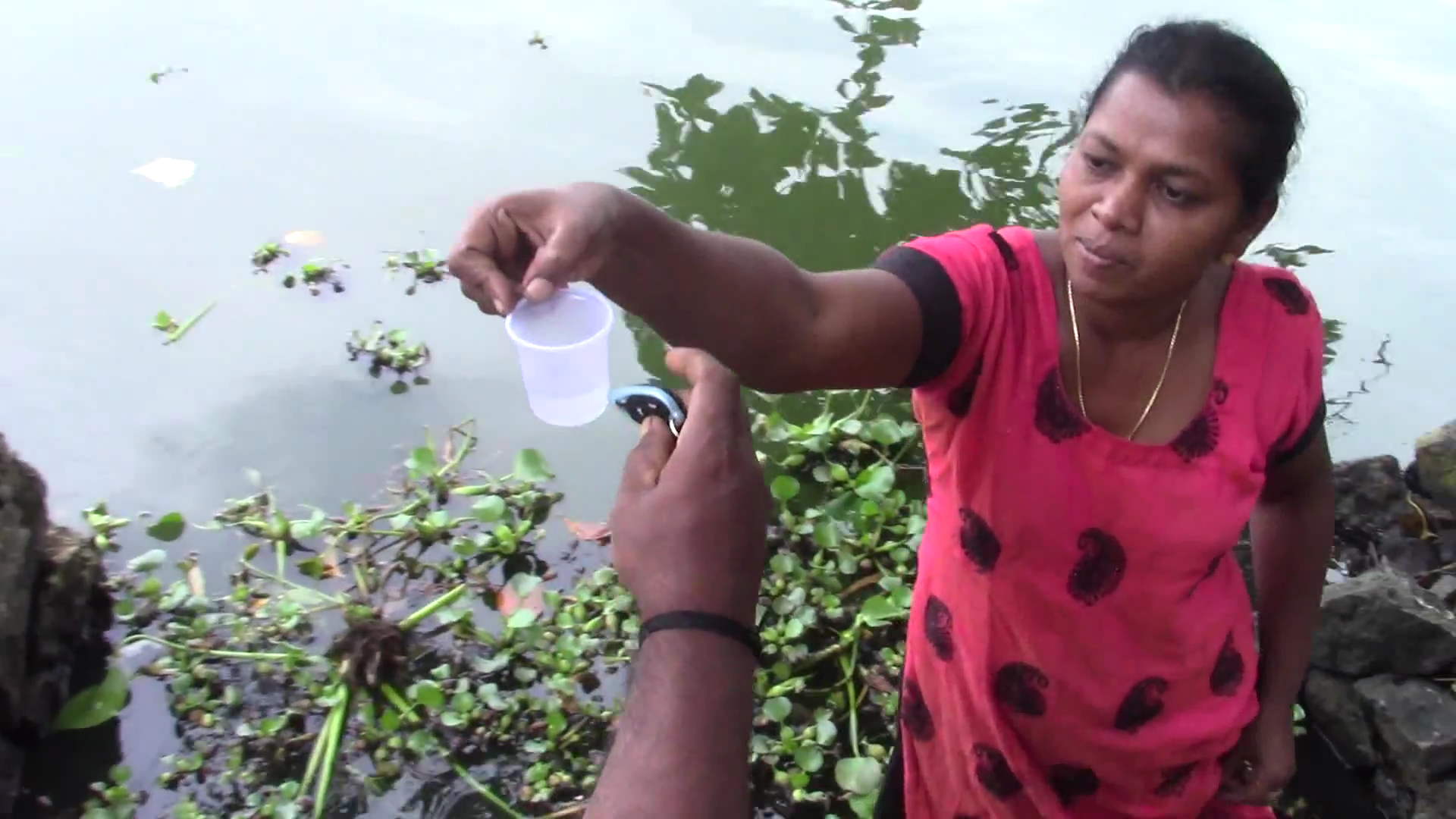
Know Your Water: PFOA and PFOS
PFOA (perfluorooctanoic acid) and PFOS (perfluorooctane sulfonate) belong to a class of chemicals called Perflourochemicals. There is growing concern in the United States that these chemicals are getting into the bloodstream, causing cancers, thyroid diseases, and rendering children's vaccinations significantly less effective. Recent studies have shown that these chemicals have been found in the drinking water systems of 27 U.S. states and in the tap water of 15 million people. As recently as May 2018, the EPA hosted a National Leadership Summit to take action against PFOA and PFOS.

Know Your Water: Boil Water Advisories
Boil Water Advisories affect millions of people every year, with new Advisories being issued every day. While many of these are false alarms, many are not. These announcements, whether legitimate or not, disrupt the everyday lives of untold numbers of people. Many do not know how the Boil Water Advisory impacts them, how to respond, or how to get up-to-date information. In the case of a prolonged Boil Water Advisory, those affected can feel forgotten by the water authorities and local governments that are supposed to be protecting them. Visit www.boilwaterwatch.org to see how we track boil water advisories in real time.

Know Your Water: First Draw
Many are accustomed to watching water crises play out at a safe distance while unaware that there is a strong chance they too are chronically ingesting harmful metals from 'first draw' water. This is because metals like lead and copper can leach into water left sitting in plumbing for even a few minutes, increasing the likelihood of contamination in the first glass of water you drink from the tap in the morning. The longer water sits in the pipes, the more lead it can have. To reduce the amount of lead in drinking water, the EPA recommends flushing your pipes before drinking if a faucet has not been used for at least six hours. You can flush the water in the pipes by running the water until it gets cold, anywhere from a few seconds to a few minutes. (To reduce lead levels, the EPA also recommends using only cold water for drinking, cooking and making baby formula as hot water will likely have higher levels of lead.)

Know Your Water: Lead
According to the EPA, there is no safe level of exposure to lead. While the water crisis in Flint, Michigan raised national awareness, the problem of lead in drinking water is nationwide. Since you cannot see, taste, or smell lead dissolved in water, testing is the only sure way of telling whether there are harmful quantities of lead in your drinking water. Water testing is a crucial step in dealing with the problem of lead in drinking water and is even recommended by the EPA. Also, since each home has different plumbing, pipes, and materials, test results are likely to be different for each home. Our personal water tester, the TestDrop Pro, can efficiently detect the presence of lead in your water so you can be sure of conditions in your own home. For more information or to place an order, click here.

Know Your Water: Baby Formula
Babies are particularly vulnerable to lead. The physical and behavioral effects of lead occur at lower exposure levels in children than in adults, meaning a dose of lead that would have little effect on an adult can have a significant effect on a child. In children, even low levels of exposure have been linked to nervous system damage, behavioral problems, learning disabilities, shorter stature, impaired hearing, and anemia. In rare cases, ingestion of lead can cause seizures, coma, and even death.

Know Your Water: Filtration Assurance
Water purifiers and filters can be very effective tools for improving water quality. However, their effectiveness largely depends on correct usage and proper maintenance. Manufacturer's instructions provide general guidance but cannot account for all variables. The TestDrop Pro can guide initial purchasing decisions by profiling the precise water contaminants to be targeted, thereby ensuring that the system chosen is the best match for a given set of water conditions. Additionally, the device can be used to track water quality in real time and indicate when a filter needs to be changed. Our water tester can also indicate if a filter is defective or incorrectly installed.

Know Your Water: Bottled Water
Of course, tap water is the most affordable source of water and has the lowest environmental impact. As such, the ideal outcome is for consumers to test with the TestDrop Pro and find they have high quality tap water. Unfortunately, that is not always the case and many consumers will turn to bottled water. While there is an expectation that bottled water is higher quality, the TestDrop Pro gives consumers the power to actually check that this is the case. For the first time, consumers can test a bottle of water before they open it, even before they buy it, quickly, easily, and affordably.
